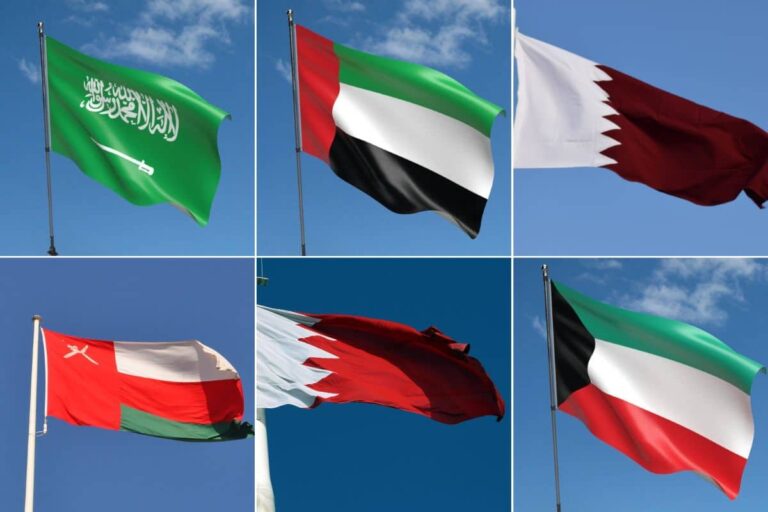This represents a 2.7 per cent decrease from $2.203tn in 2022.
The region’s disposable national income, available for consumption and savings after taxes and transfers, reached $1.989tn, down 3 per cent from $2.515tn the previous year.
Meanwhile, the non-oil sector’s value-added rose to $513bn, while the oil sector contributed $603.5bn at current prices.
The non-oil sector’s contribution to GCC GDP climbed to 71.5 per cent by the end of 2023, compared with 65 per cent in 2022, reflecting an annual growth rate of 6.4 per cent.
GCC economy sector performance
- Mining and quarrying remained the largest contributor to the GCC economy over the past five years, averaging 28.3 per cent of GDP
- Manufacturing was the leading activity within the non-oil sector, averaging 11.7 per cent
- In 2023, financial and insurance activities posted the highest growth at 11.7 per cent, followed by transport and storage (11.6 per cent), real estate (8.1 per cent), public administration and defense (7.9 per cent), wholesale and retail trade (7.6 per cent), and education (5.5 per cent)
- Mining and quarrying contracted by 18.8 per cent, while manufacturing slipped 0.7 per cent
GCC economy expenditure breakdown
- Exports of goods and services were valued at $1.259tn, making up 59.5 per cent of GDP, though declining 7.1 per cent year-on-year
- Final consumption expenditure — by households, non-profits, and government — rose 7.5 per cent to $1.245tn
- Total capital formation reached $601.8bn, up 5.5 per cent
The data underscores the GCC’s growing reliance on non-oil sectors to drive economic growth, even as global market conditions weigh on hydrocarbons.

